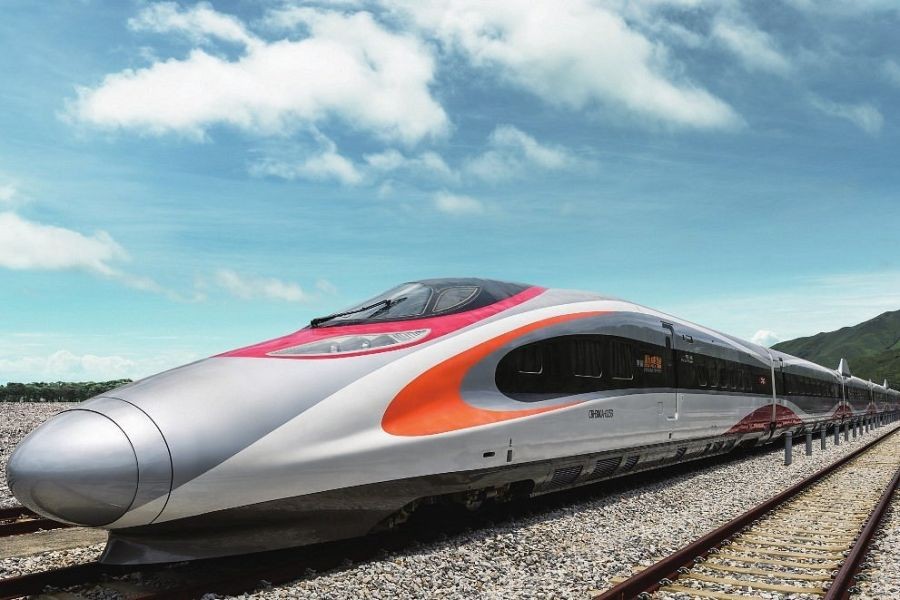In Australia, the conversation around implementing a high-speed rail network has long sparked debate and curiosity. Despite being a nation renowned for its vast landscapes and modern infrastructure, Australia has yet to embrace the high-speed rail systems that countries like China, Japan, and parts of Europe have successfully integrated. But why is this the case, and could Australia realistically see the development of such a network in the future? This article delves into the economic, technological, and logistical factors that impact the potential for high-speed rail in Australia.
The Current State of Rail Transport in Australia
Australia's existing rail network primarily focuses on freight and regional passenger services. According to the Australian Bureau of Statistics (ABS), rail freight transport increased by 4.6% in 2023, underscoring its importance to Australia's economy. However, passenger rail services, especially in intercity contexts, remain limited compared to global standards.
The sprawling geography of Australia presents unique challenges. Key cities like Sydney, Melbourne, and Brisbane are separated by vast distances, making the logistics of high-speed rail more complex than in more densely populated regions. Additionally, existing rail infrastructure would require significant upgrades or replacements to support high-speed rail technology, leading to daunting financial implications.
Comparative Analysis: Global High-Speed Rail Systems
Globally, high-speed rail is celebrated for its efficiency, speed, and environmental benefits. Japan's Shinkansen and France's TGV are quintessential examples of successful high-speed rail systems. In China, high-speed rail has transformed travel, reducing travel times and connecting remote regions with urban hubs. These systems offer insights into what Australia could achieve with the right investments and planning.
Case Study: China's High-Speed Rail Success
Problem: In the early 2000s, China faced significant challenges in connecting its vast regions efficiently.
Action: The Chinese government invested in high-speed rail technology, rapidly expanding its network to over 38,000 km, the longest globally.
Result: This investment has resulted in economic growth, increased tourism, and reduced carbon emissions. Travel times between major cities have decreased significantly, benefiting businesses and commuters alike.
Takeaway: Australia's potential high-speed rail could similarly boost regional connectivity and economic growth, provided the investments align with strategic planning and public policy.
Economic and Technological Considerations for Australia
High-speed rail requires substantial investment, often funded by public-private partnerships. The Australian Treasury estimates that such a project could cost upwards of AUD 114 billion, depending on the scope and technology employed. However, the long-term economic benefits, including job creation and regional economic stimulation, could justify the initial expenditure.
Technologically, integrating AI and machine learning could optimize operations, improve safety, and enhance passenger experiences. For instance, AI could predict maintenance needs, reducing downtime and costs. These technological advancements could make high-speed rail a more attractive prospect for investors and policymakers.
Regulatory and Environmental Challenges
The implementation of high-speed rail in Australia would need to navigate complex regulatory landscapes. The Australian Competition & Consumer Commission (ACCC) and the Australian Prudential Regulation Authority (APRA) would play crucial roles in ensuring fair competition and financial stability. Additionally, environmental considerations, such as land use and carbon emissions, would require careful planning to align with Australia's sustainability goals.
Pros and Cons of High-Speed Rail in Australia
- Pros: Improved connectivity between major cities, potential for economic growth, job creation in construction and operations, reduced road congestion, and environmental benefits through reduced carbon emissions.
- Cons: High initial costs, potential environmental impact during construction, regulatory hurdles, and the challenge of connecting sparsely populated regions.
Future Trends and Predictions
Looking ahead, the future of high-speed rail in Australia could be shaped by several factors. The shift towards sustainable transport solutions aligns with global trends, positioning high-speed rail as a viable alternative to air travel for domestic routes. Additionally, advancements in green technology and increased public demand for efficient transport could accelerate development efforts.
By 2030, Australia could see the initial phases of high-speed rail, particularly if government policies and private investments align. This would not only transform travel but also spur regional development and economic growth.
Common Myths and Mistakes
- Myth: High-speed rail is too expensive for Australia.
- Reality: While costly, the long-term economic benefits could outweigh initial investments, as seen in other countries.
- Myth: Australia's population density is too low for high-speed rail.
- Reality: Strategic routes could connect high-demand areas, making the system viable.
Conclusion
In conclusion, while the road to high-speed rail in Australia is fraught with challenges, the potential benefits make it a worthy consideration. As technology advances and public interest grows, the prospect of high-speed rail becomes increasingly feasible. For Australia to realize this vision, collaboration between government, industry, and technology providers will be essential. What do you think? Could high-speed rail transform Australia's transport landscape? Share your thoughts below!
People Also Ask (FAQ)
- Could high-speed rail reduce travel times in Australia? Yes, high-speed rail could significantly reduce travel times between major cities, enhancing connectivity and economic productivity.
- What are the environmental benefits of high-speed rail? High-speed rail produces lower carbon emissions compared to air travel, contributing to sustainability goals.
- How does high-speed rail impact regional economies? High-speed rail can stimulate regional economies by improving access to markets and employment opportunities.
Related Search Queries
- High-speed rail Australia feasibility study
- Australia high-speed rail map
- Economic benefits of high-speed rail
- Environmental impact of high-speed rail
- High-speed rail technology advancements
- Public-private partnerships in rail projects
- Future of transport in Australia
- High-speed rail vs. air travel
- Government policies on rail transport in Australia
- Case studies of successful high-speed rail systems

































loreen07c03605
7 months ago